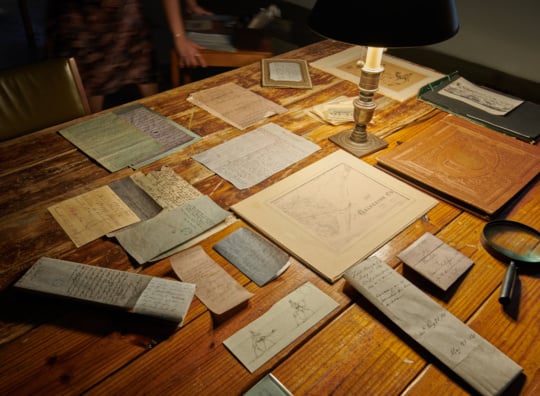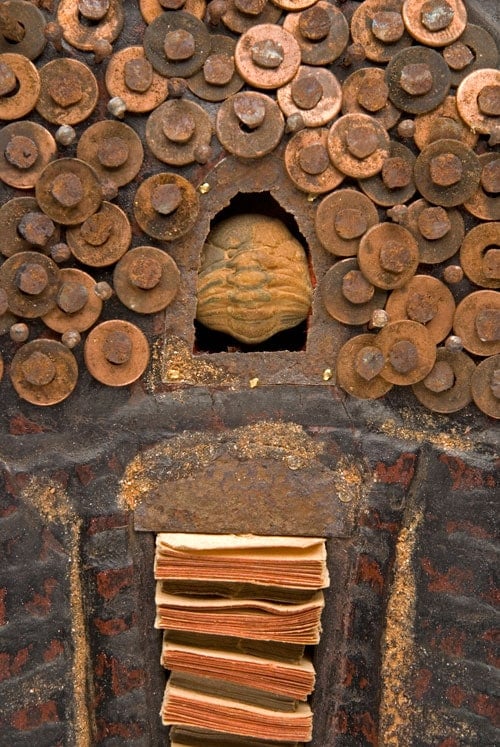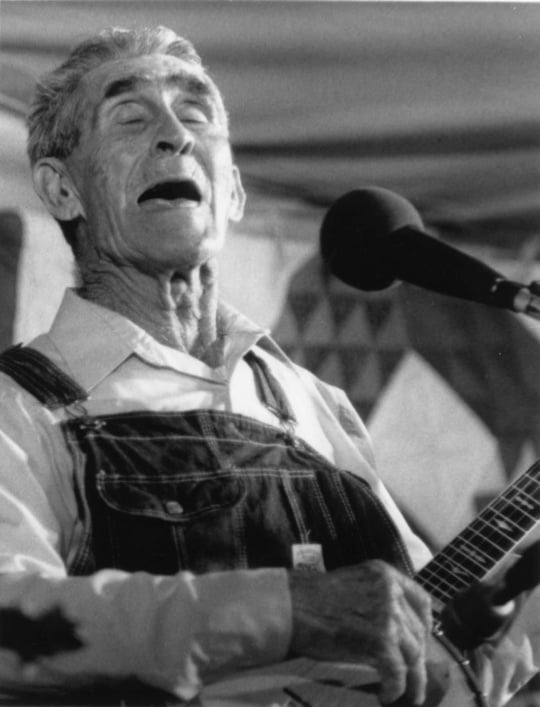
Dutch artist Ruud van Empel first achieved international acclaim in 2006, when his bold photocollages were featured in the exhibition “Picturing Eden,” curated by Deborah Klochko of the George Eastman House at Cornell University. By placing white and black children in lush tropical settings (many of them dressed in middle class Dutch school clothes from the ’60s), he created portraits of unearthly beauty, captured in a state of innocence. There was also something unsettling about the work; carefully composed child models in an idyllic paradise, some of them framed against exotic floral patterns or partially submerged in lagoons, almost seem a bit too beautiful.
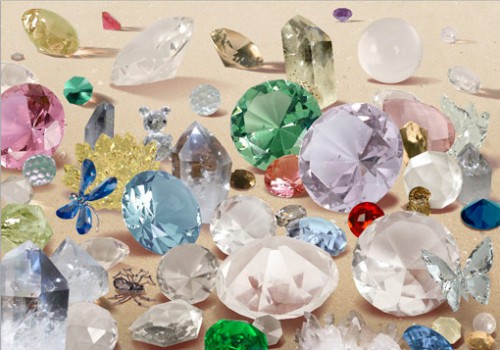
28 by 39½ inches.
Van Empel, who once stated, “I want to re-create reality in a better way,” achieves his intense style through advanced Photoshop techniques, selecting the desired features from multiple models and piecing them together. The child/nature portraits he created for his World, Moon, and Venus series were all meditations on the concept of beauty, and his new work, at Jackson Fine Art through November 29, offers some striking variations on his Edenesque pastorals. There is also a darker edge in some of his 2014 creations.
The first indication of this is in the front gallery in the still life Cristal, which exploits surface beauty and elegance in design and perhaps serves as a critique of its own artificiality. On first impression, Cristal reveals a visually alluring pastel colored tableaux of exquisite gems in a variety of shapes and sizes, including detailed reproductions of butterflies, spiders, dragonflies, an owl and even a koala bear in the mix. Yet, the longer one contemplates the work, this glittering landscape of sculpted pieces of crystal conveys a sense of meaningless extravagance. There is something inhuman and soulless in its perfection.
A more confrontational approach emerges in the second room with Still Life Meat, a butcher-shop assemblage of animal body parts positioned against marble surfaces. The type of minute pictorial detail displayed in van Empel’s earlier work is used to grisly effect here as a stray eyeball, a bisected pig’s head, and seemingly random placements of pig intestines and livers stand out amid a pile of pinkish-white meat carvings. Whether Meat is a reaction to the idealized beauty of Van Empel’s portraits for “Picturing Eden” or a commentary on a culture driven by voracious consumerism is debatable; the disturbing tone continues in two photographs featuring female nudes.
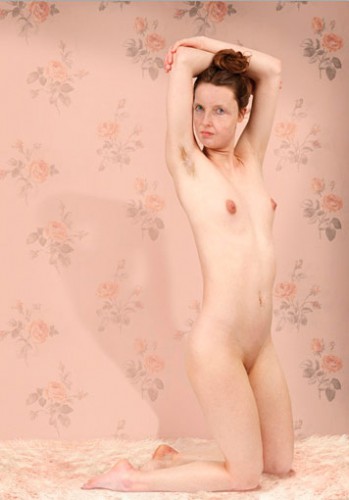
23½ by 16½ inches.
Nude #2 depicts a woman on her knees and holding her arms behind her head in a provocative pose against a light pink floral wallpaper design. The woman gazes directly at the viewer with an expression that could be read as contempt, disgust, or even cynical resignation, while her submissive pose draws reference to an erotic postcard pin-up from another era. The cumulative effect is joyless and depressing. The model in Nude #1, with her downcast face and eyes directed at something off-camera, is also arranged in a pose that designates her position as a sexual object. There is a creepy voyeurism evident in both photographs that implicate the viewer, making him or her an accomplice in the artist’s exploration of his subject.
Hero is more ambiguous, but no less haunting: the artist presents viewers with a statically composed arrangement focused on an androgynous child – solely dressed in underclothes – posed stiffly against a beige wallpaper background, flanked by a rose patterned dress on a coat hanger and a mirror fragment. What was once personified as beauty and innocence in Van Empel’s work now seems confused, not to mention, possibly corrupt.
The photograph Nature #1 – depicting a doll’s head, severed from the rest of its body –could be read as the antithesis to his World series. A small flowering plant grows out of an empty eye socket as insects alight on the nose and a snail slithers down its forehead. Paradise lost, indeed.
The more troubling tone of the artist’s new work may very well be due to the artist’s reaction to modern media, especially the way that it dehumanizes us instead of improving communication. Whether one rejects or embraces this new direction in van Empel’s career, the recent work provides compelling new evidence into how he continues to blur the line between photography and painting, by way of his digital manipulations and photorealist collages.
Jeff Stafford writes about art, film, music, gardening, and other favorite topics for various digital publications.


